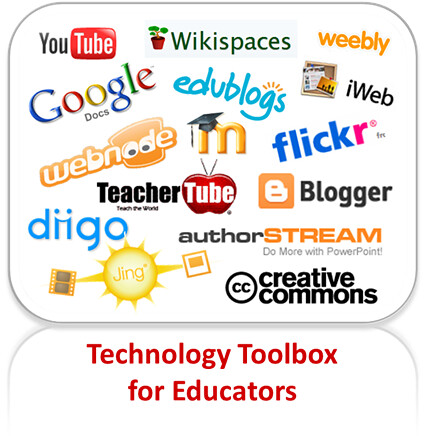After reading Chapter 2 there were three concepts that I
wanted to explore. The first concept is Instructional Practices which is where “the
teacher is interacting directly with students.”( Maloy, et al, 2013, p.28) This
allows the teacher to integrate technology into the student’s lessons. Some of
these things could be as simple as creating a PowerPoint to make a lesson more
simple and fun or even creating a survey for the students to text in answers or
take online. The more I read up on the link between teaching and technology the
more ways I find that teachers can include technology into lessons to make the
lessons interactive, current, and fun for the students. As a future teacher
using instructional practices are going to be very beneficial to me.
 |
| Photo credit to Kathy Cassidy on Flickr |
The second concept is Digital Continuum. This basically
explains the link between low income areas having less access to technologies
and higher income areas having easier access to the same technologies. As a
teacher if I work in a lower income area funding for newer technology may be
none minimum to nonexistent. In that case I would have to work harder to provide
access to technologies by fundraising, writing grants, or even spending money
out of pocket. If I taught in a higher income area then it is more likely that students
will have more access at home and schools would have more funding to provide
newer technologies.
The third concept is called digital disconnect. This is the
view that students have about their teachers in regards to technology. Students
are younger and view themselves as being more tech savvy than their teachers.
Students think that teachers are slower to learn and use certain technologies
in the classroom. I can see how students may feel that way. Sometime schools
don’t have the technologies that students want to use or not all students have
access to the same technologies in and out of school. For a teacher to learn
and use new technologies in the classroom then all students need the same
access to it. This may be a slow process for some schools. I think as a future
teacher learning new technologies is going to be a very important ongoing
learning process. If teachers can keep up with the technologies then students
may feel a little different.
In conclusion, teachers need to use instructional practices
in the classroom to enhance the lessons for the students. Providing this may
also keep student involved in the lesson. The more technology used in the
classroom may also make the students feel like there is less of a digital
disconnect. This many not be possible all the time for teachers though because
there may be an issue with funding if their school is in a low income area.
Resources
Maloy, R., O'Loughlin, R., Edwards, S., & Woolf, B.
(2013). Transforming Learning with New Technologies. 2nd Edition. Boston, MA:
Pearson Education Inc.

